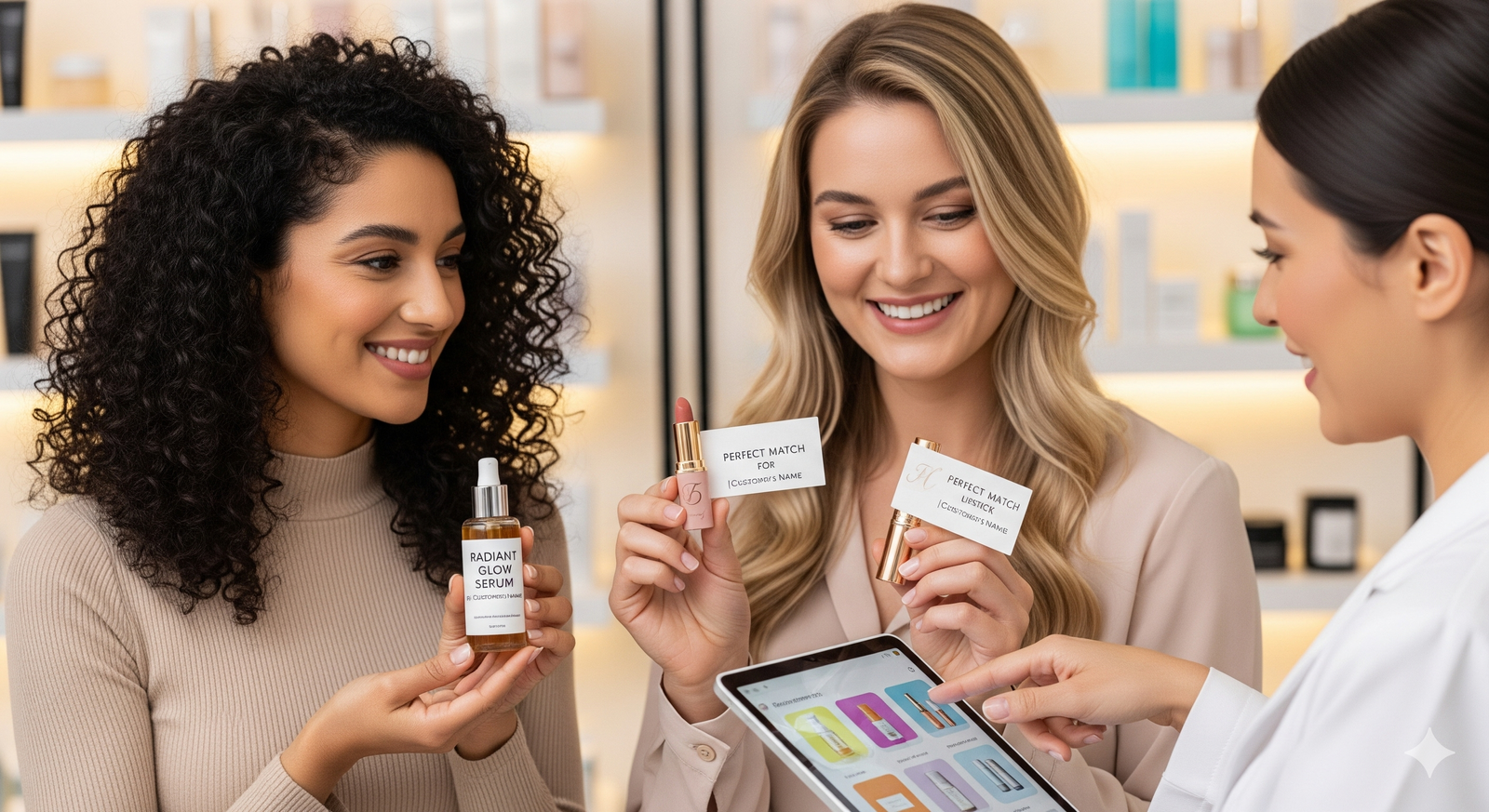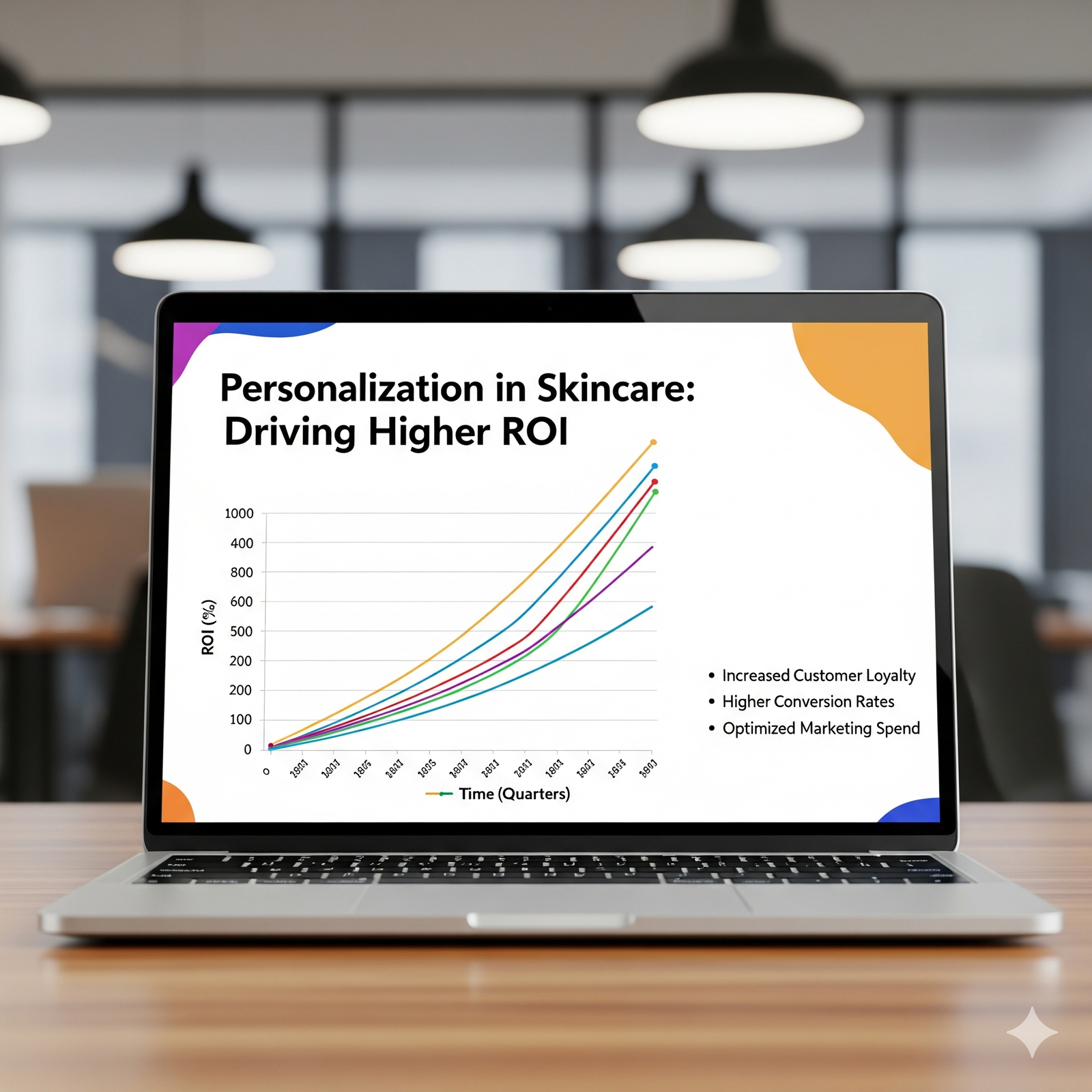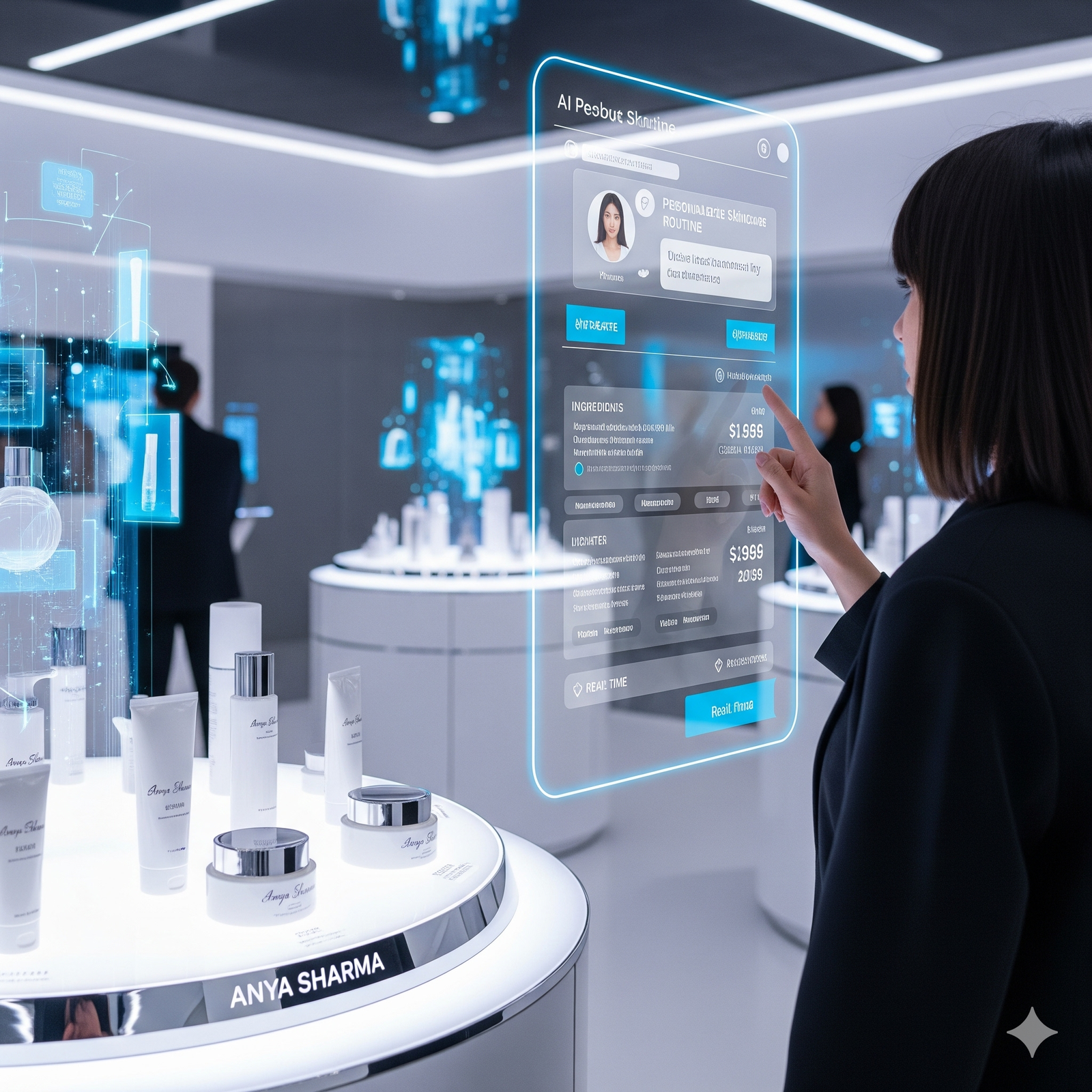How Can Beauty Brands Improve ROI with Personalized Marketing?
Discover how personalized beauty marketing drives higher skincare ROI. Learn data-driven marketing beauty strategies brands use to boost conversions.
28 Aug'25
By Niharika Paswan


How Can Beauty Brands Improve ROI with Personalized Marketing?
Personalization is no longer a nice-to-have in beauty marketing. It is the difference between campaigns that drive one-time purchases and strategies that deliver repeat sales and higher lifetime value. With rising competition, new skincare entrants, and consumers expecting curated experiences, personalized beauty marketing has become one of the strongest levers for improving ROI. Beauty brands that adapt now will not only grow sales but also build a long-term relationship with their customers.
This article explores how personalization is reshaping skincare ROI, which strategies work, and how Admigos enables beauty brands to execute data-driven marketing in ways that are measurable and scalable.
Why Personalized Beauty Marketing Matters More Than Ever

Beauty is inherently personal. Every consumer’s skin type, hair texture, lifestyle, and preferences are different. Unlike other categories, a one-size-fits-all campaign rarely works in skincare or cosmetics. A moisturizer that works brilliantly for oily skin may fail for someone with dry skin. A lipstick shade that trends in Seoul may not resonate in Mumbai. Personalized beauty marketing addresses this gap. It tailors product recommendations, offers, and messages to the individual, not the mass market. According to a McKinsey report, personalization can drive 40 percent more revenue for brands, with beauty ranking among the top industries where this impact is visible.
Consumers also reward personalization with loyalty. Surveys show that more than 70 percent of customers expect brands to understand their needs, and when they do, they are more likely to repurchase and engage. For beauty brands, this means personalization directly influences skincare ROI by increasing conversion rates and customer lifetime value.
Key Drivers of ROI in Personalized Beauty Marketing
There are three core areas where personalization impacts performance and boosts ROI:
- Conversion Rate Optimization: Personalized campaigns guide consumers to the right product faster, reducing friction in the buying journey.
- Customer Retention and Loyalty: Customized follow-ups and re-engagement nurture repeat purchases.
- Marketing Efficiency: Targeted campaigns reduce wasted spend by focusing on segments most likely to convert.
This is why personalized beauty marketing is not just about aesthetics, it is about measurable business outcomes.
Personalization Strategies That Deliver Results
1. Skincare Quizzes and Diagnostic Tools
Brands like Clinique and Fenty Beauty have invested in online quizzes and digital diagnostics. By answering questions on skin type, concern, and goals, consumers receive tailored recommendations. This not only boosts trust but also increases the probability of purchase.
2. Data-Driven Product Recommendations
AI engines analyze browsing and purchase history to suggest products in real time. For instance, Sephora uses AI-driven recommendation systems that adjust based on customer behavior. This data-driven marketing beauty approach ensures every consumer sees relevant products rather than generic bestsellers.
3. Personalized Sampling and Trial Kits
Subscription boxes and trial kits tailored to consumer profiles have seen high engagement. Personalized sampling creates a lower barrier to entry while increasing the chance of finding a product match.
4. Trigger-Based Campaigns
Email and SMS campaigns triggered by specific behaviors like abandoning a cart with a serum can re-engage customers with personalized offers. These micro-campaigns have higher ROI compared to broad promotions.
How Personalization Drives Higher Skincare ROI

The link between personalization and ROI becomes clear when analyzing performance metrics:
- Personalized emails deliver up to 6x higher transaction rates than generic campaigns (Campaign Monitor).
- Customized product recommendations account for 31 percent of e-commerce revenues (Salesforce data).
- Loyalty programs that use personalization increase retention by up to 25 percent compared to flat discount-based models.
For skincare brands, the ROI is not only immediate but also long-term. A customer who finds a personalized match for her skin concern is more likely to buy again, upgrade, or explore adjacent categories. This increases lifetime value while reducing acquisition costs.
Admigos: Unlocking ROI with AI-Powered Personalization
Admigos specializes in helping beauty brands translate personalization into ROI. With its AI-powered dashboards and campaign management tools, Admigos enables brands to design, test, and optimize personalized campaigns at scale.
Here’s how Admigos supports beauty marketing teams:
- Customer Segmentation: Advanced analytics divide audiences based on skin concerns, purchase behavior, and content preferences.
- Personalized Journeys: Admigos builds step-by-step campaign flows that adapt in real time to customer interactions.
- A or B Testing at Scale: Multiple variations of campaigns are tested simultaneously to identify the highest ROI path.
- Attribution and ROI Tracking: Every campaign is tied back to clear revenue impact, ensuring transparency.
Unlike generic marketing platforms, Admigos is deeply integrated with the beauty category, analyzing everything from seasonal skincare demand shifts to influencer-driven buying patterns.
Case Studies: How Brands Are Winning with Personalization
Sephora’s Beauty Insider Program:
Sephora’s loyalty program leverages customer data to deliver hyper-personalized offers. By analyzing purchase frequency, shade preferences, and seasonal needs, the program drives repeat engagement. The brand reports higher retention and upsell rates compared to industry averages.
L’Oreal’s AI Skin Diagnostics
L’Oreal’s AI-powered skin diagnostic tools use facial scans to recommend products based on hydration, pigmentation, and fine lines. This level of precision has positioned the brand as a tech leader while improving conversion on both online and offline channels.
Admigos Partnerships
Admigos has supported emerging beauty brands in crafting tailored campaigns that balance acquisition and retention. For example, one skincare label improved ROI in three months by shifting from generic influencer partnerships to segmented micro-influencer campaigns identified through Admigos analytics. Another haircare startup optimized cart recovery emails with tailored hydration tips and saw a uplift in conversions.
Challenges in Personalized Beauty Marketing
While the benefits are clear, brands often face roadblocks in execution:
- Data Privacy Concerns: Collecting personal information requires trust and compliance with global privacy regulations.
- Scalability: Managing personalization across hundreds of SKUs and multiple geographies can overwhelm teams.
- Measurement: Without strong attribution models, proving ROI from personalization can be difficult.
Admigos addresses these challenges by offering compliant data practices, scalable campaign automation, and robust ROI measurement frameworks.
Actionable Steps for Beauty Brands
To maximize skincare ROI with personalization, brands can follow these steps:
- Audit Current Customer Data: Identify what is being collected and how it can inform campaigns.
- Start Small: Launch one personalization initiative like email recommendations before expanding.
- Leverage AI Tools: Platforms like Admigos automate heavy lifting, from segmentation to testing.
- Track and Optimize: Continuously measure campaign impact on ROI, adjusting as customer behavior shifts.
By following these steps, brands can move from experimenting with personalization to making it a growth driver.
The Future of Personalized Beauty Marketing

As consumers demand more individualized experiences, personalization will evolve from campaign-level to ecosystem-level strategies. We will see:
- Hyper-Personalized Packaging: Tailored labels that address the customer by name or concern.
- Dynamic Pricing Models: Personalized discounts based on loyalty tiers and purchase history.
- Real-Time Engagement: AI chatbots guiding customers through personalized skin routines.
For beauty brands, the challenge is no longer whether to invest in personalization but how to scale it profitably. Those who succeed will enjoy stronger ROI, higher loyalty, and competitive advantage.
Conclusion
Personalized beauty marketing is not a trend but a business imperative. It directly impacts skincare ROI by increasing conversions, boosting lifetime value, and optimizing marketing efficiency. With consumers demanding relevance and proof of value, personalization becomes the most reliable path to growth.
Admigos stands at the forefront of this revolution, equipping beauty brands with AI-powered, data-driven marketing solutions that turn personalization into measurable ROI. As the industry moves toward deeper customization, brands that partner with platforms like Admigos will not just stay relevant but thrive in a competitive market.
— By Niharika Paswan
Scalp Health: The New Haircare Revolution
Explore why scalp health is driving the haircare revolution in 2025. Learn scalp exfoliation benefits, hydration, and haircare customization trends.

How Micro And Nano Influencers Are Changing Skincare Decisions.
Discover the skincare micro-influencers 2025 shaping beauty influencer marketing. Explore rising beauty creators driving authentic engagement and brand growth.
